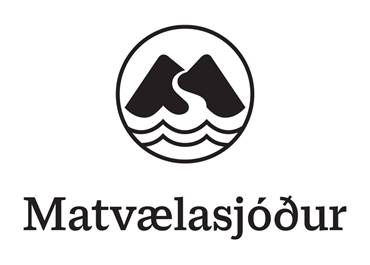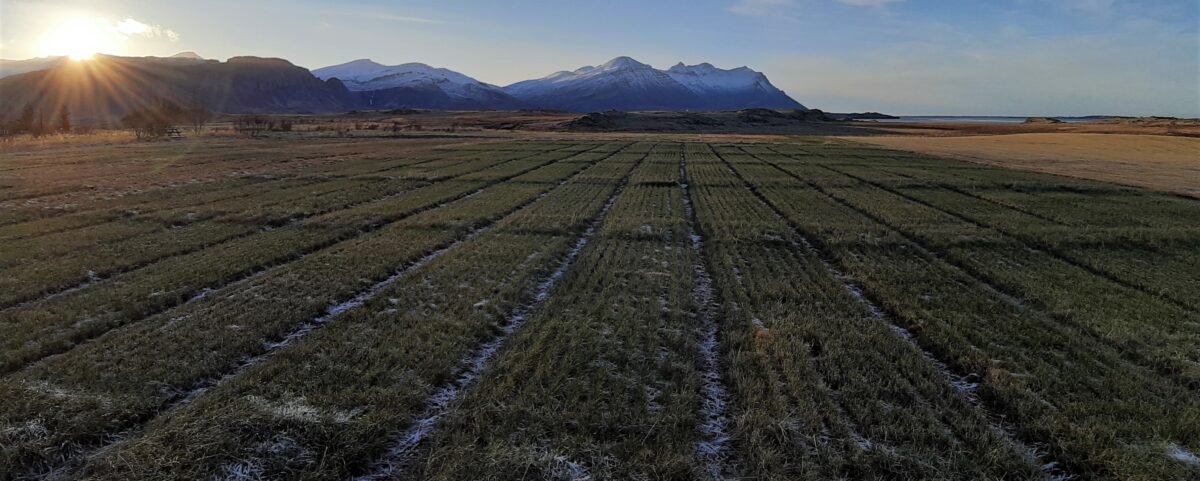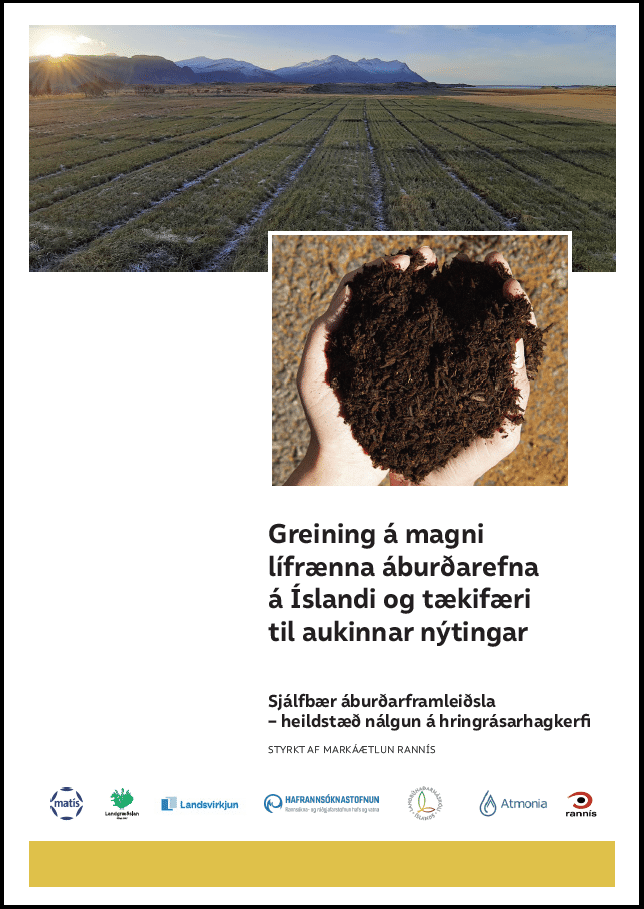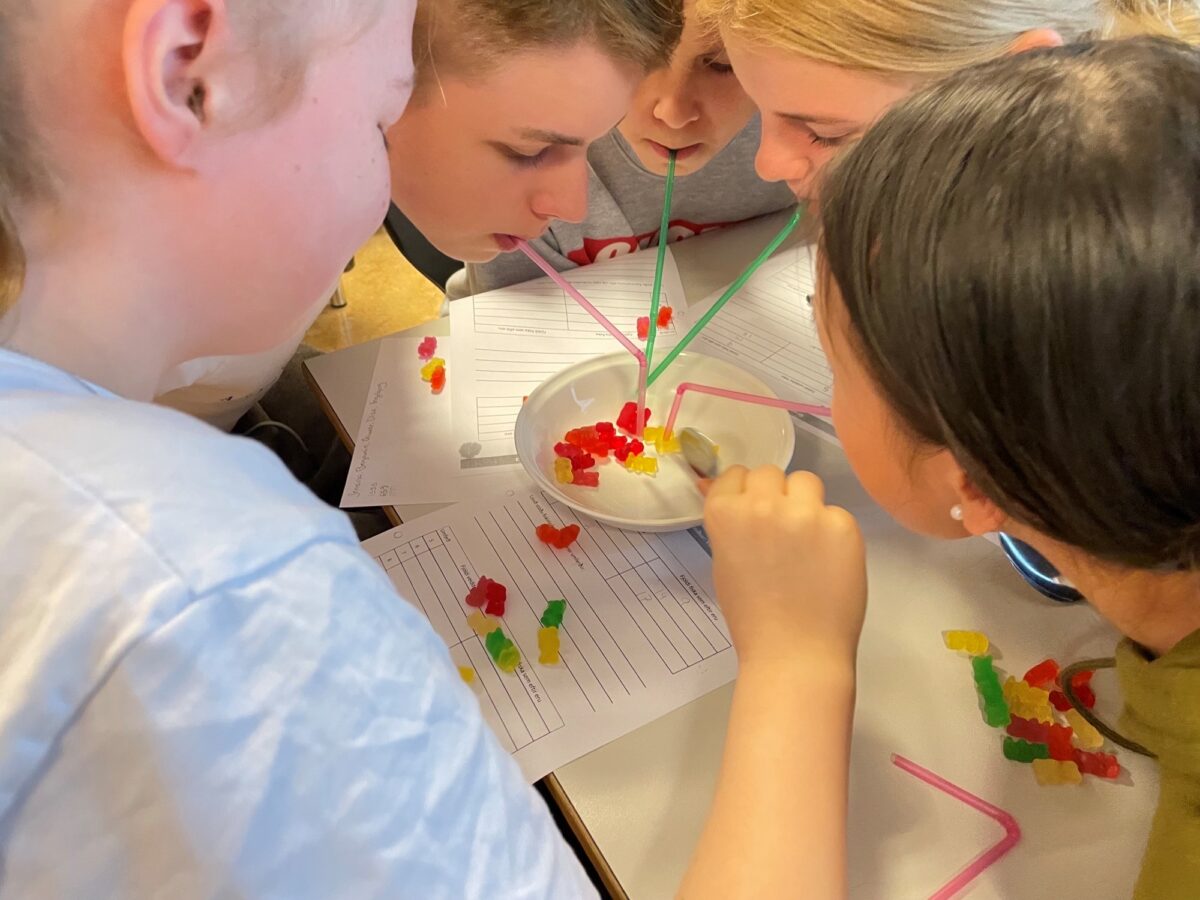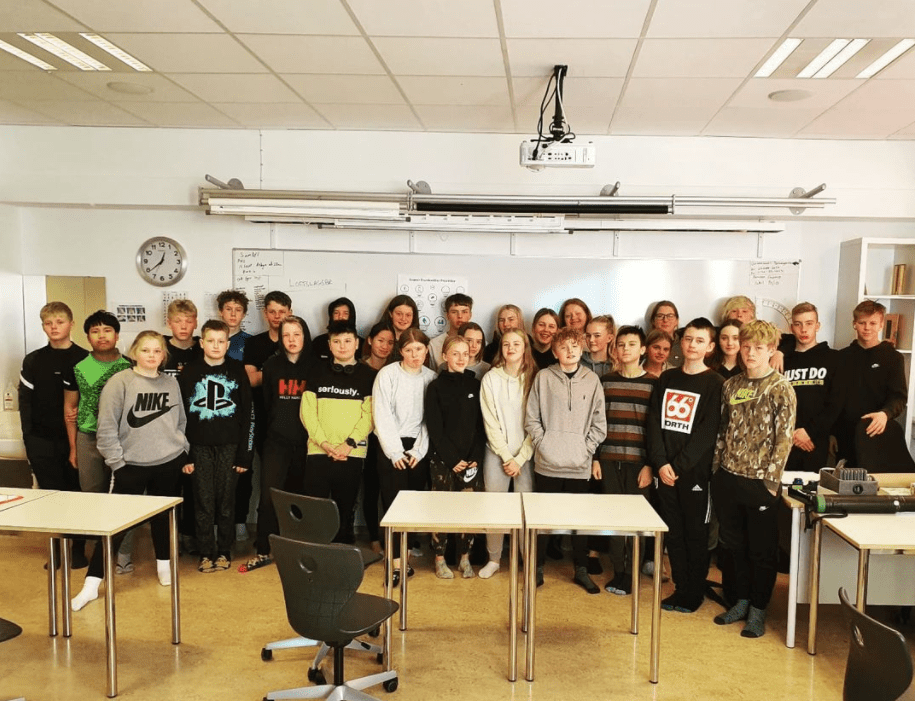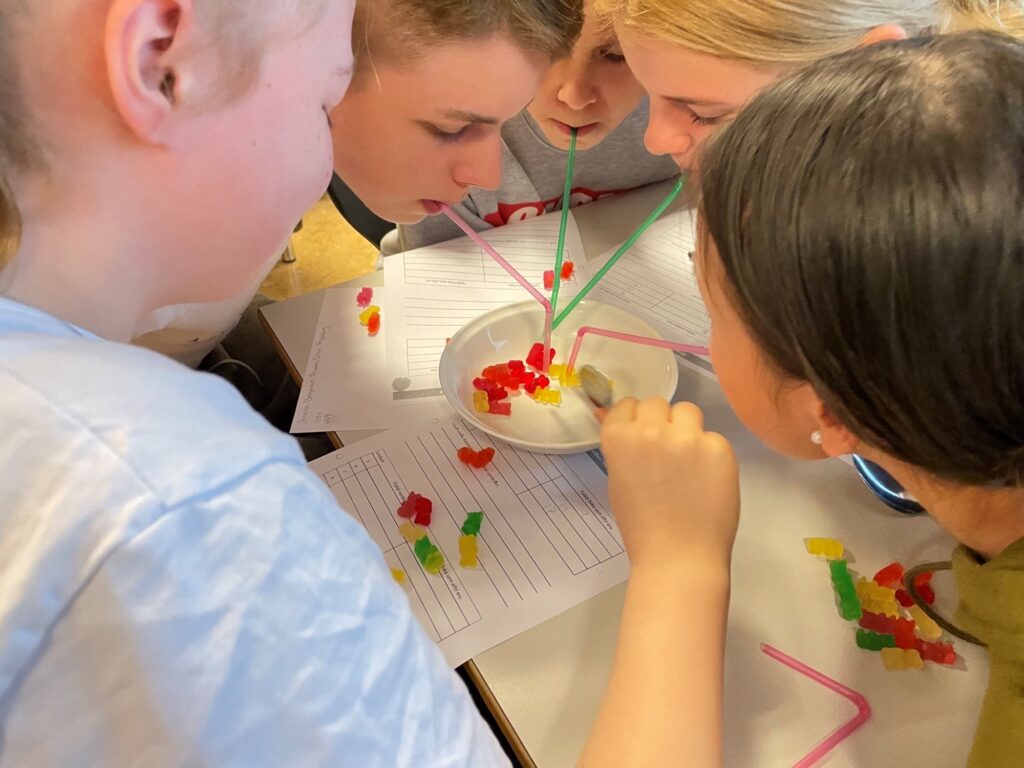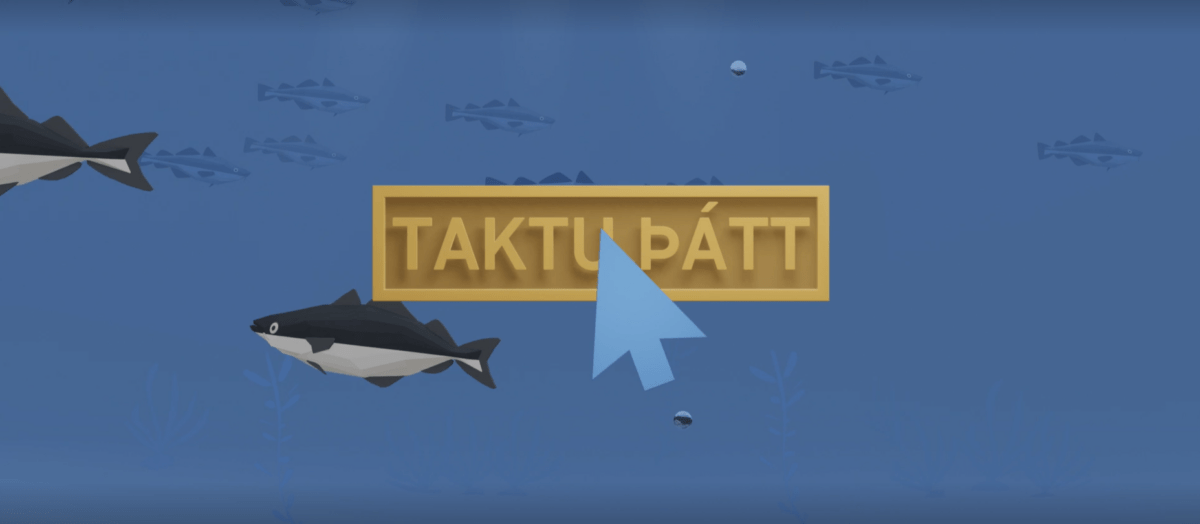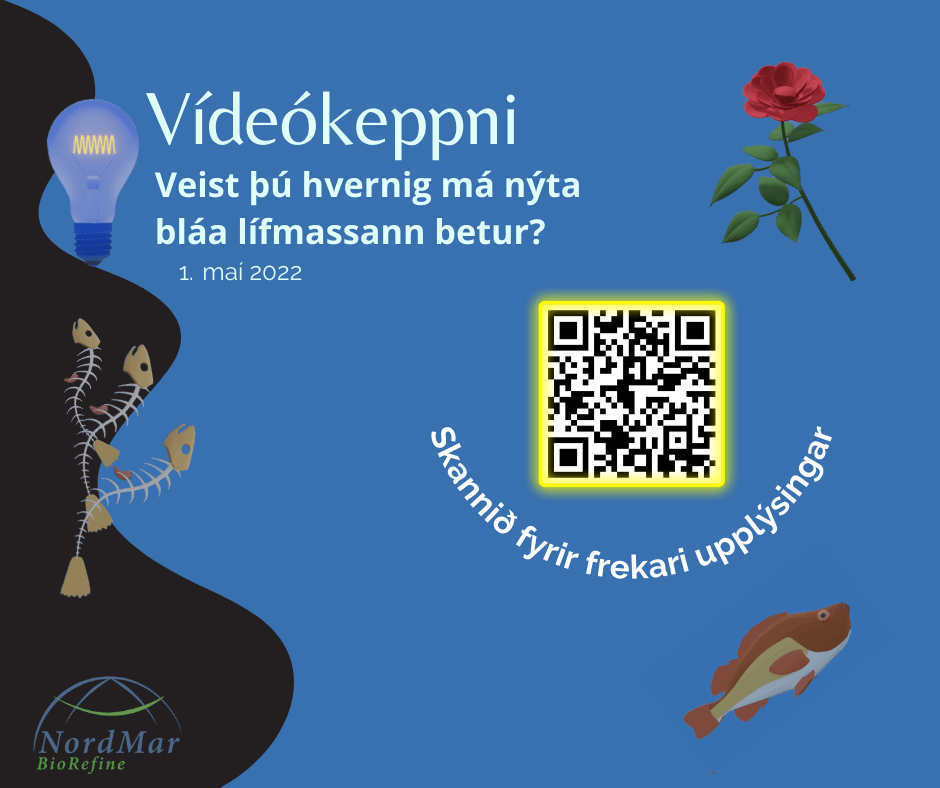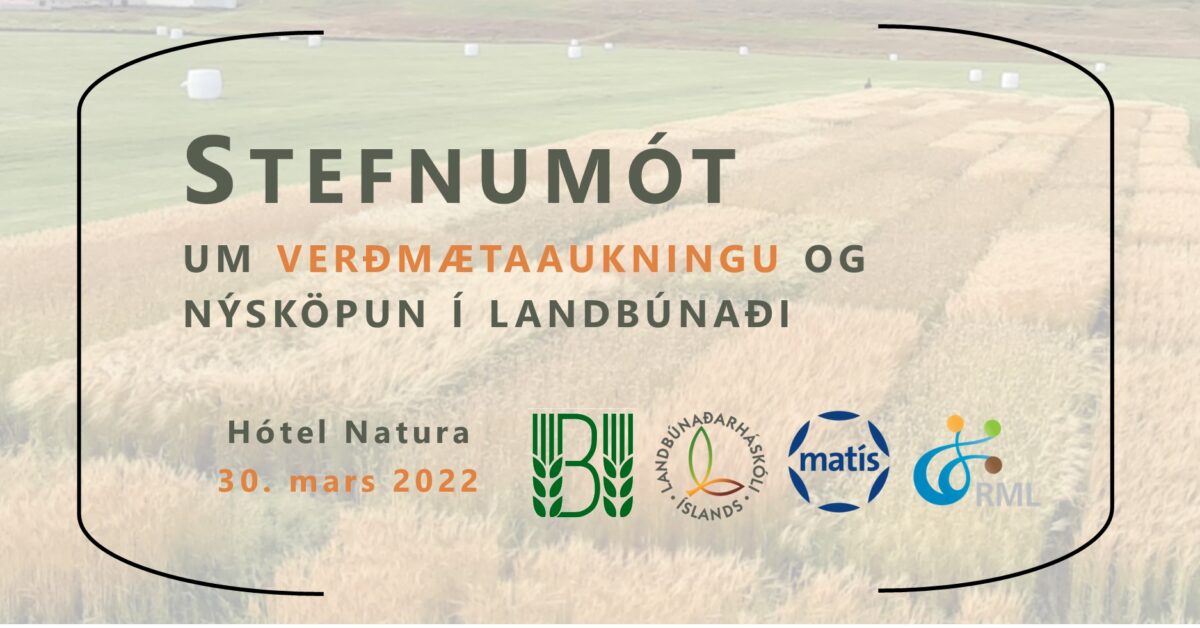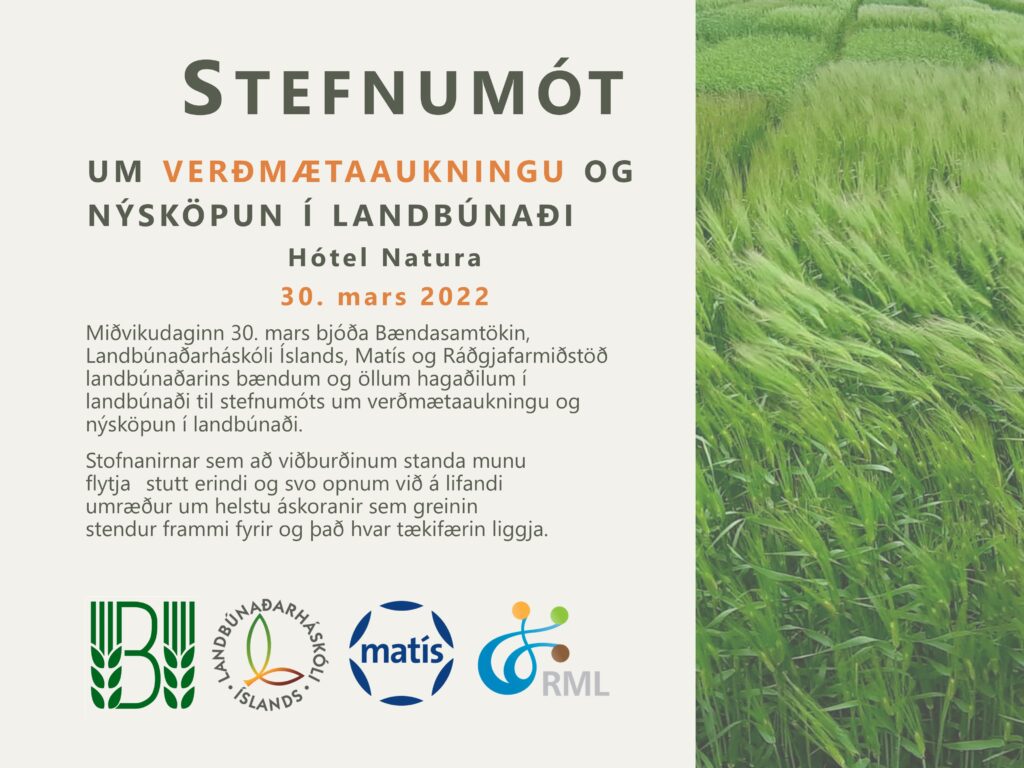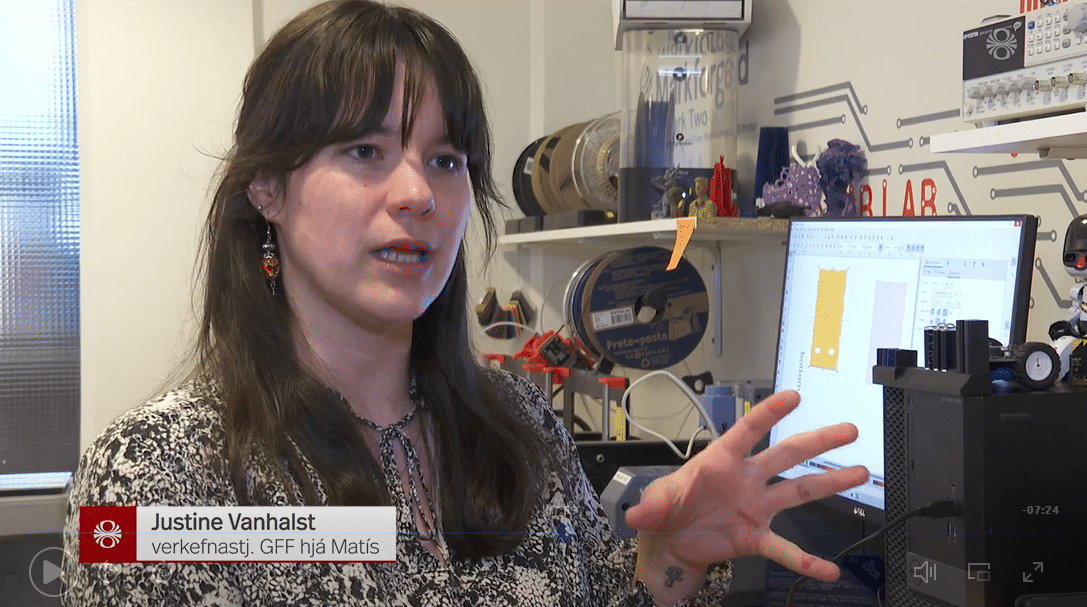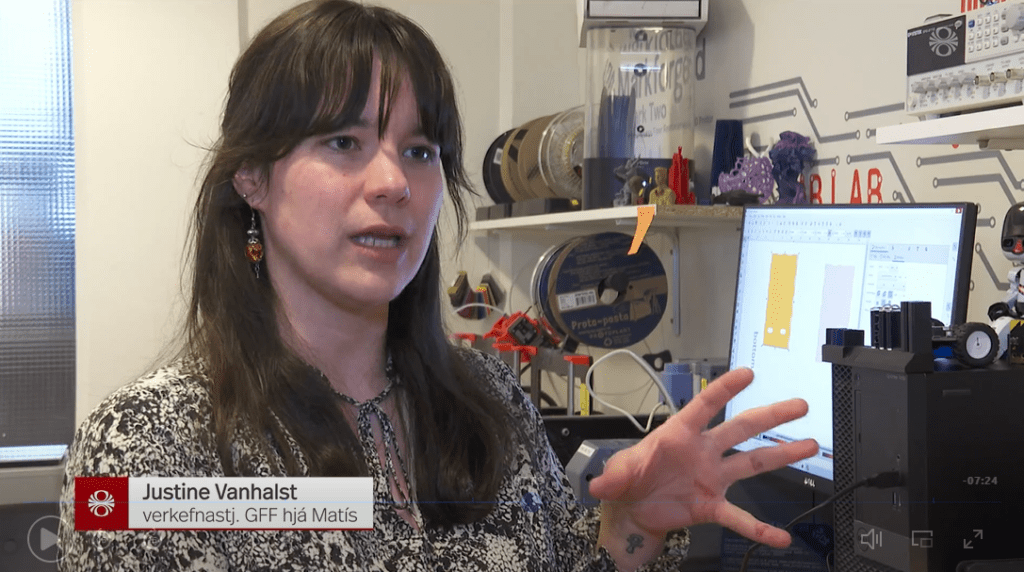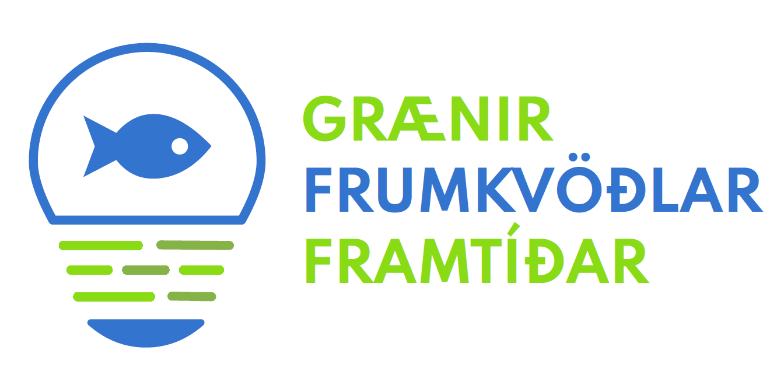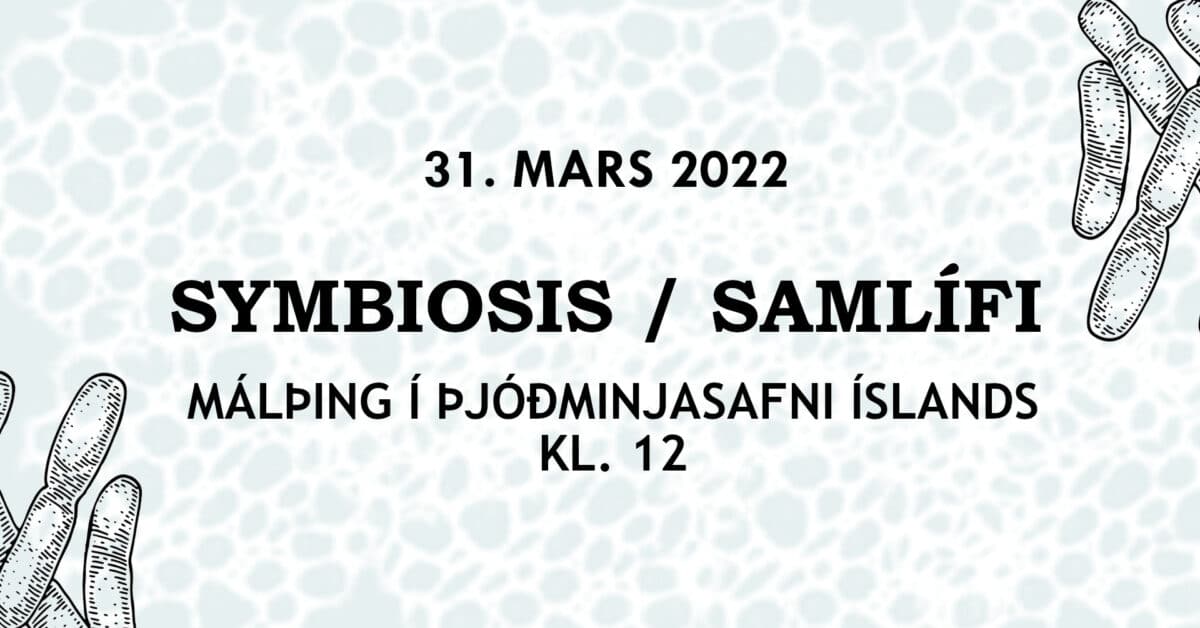Applications for the Food Fund have been opened for the third time, with a total allocation of ISK 593 million.
The role of the Food Fund is to strengthen development and innovation in the production and processing of food and by-products from agricultural and marine products. The emphasis is on innovation, sustainability, value creation and the competitiveness of Icelandic food throughout the country. The fund is also authorized to support product development and marketing in foreign markets. The fund follows the United Nations' global goals. To this end, the fund supports projects and research by individuals and legal entities.
The aim of the fund is to cover projects at all levels, from ideas to marketing and practical research. Matvælasjóður's budget consists of appropriations from the state budget at any given time and other income as they are to be distributed.
It should be noted that the application deadline for the Food Fund has been extended and is now until and including 26 April next.
All information about the fund as well as instructions on its application system can be found on the Food Fund's website here: Icelandic Food Innovation Fund (is. Matvælasjóður).
